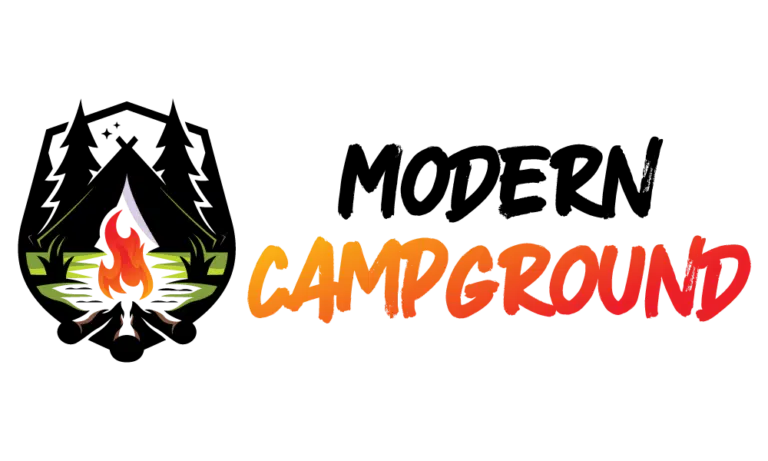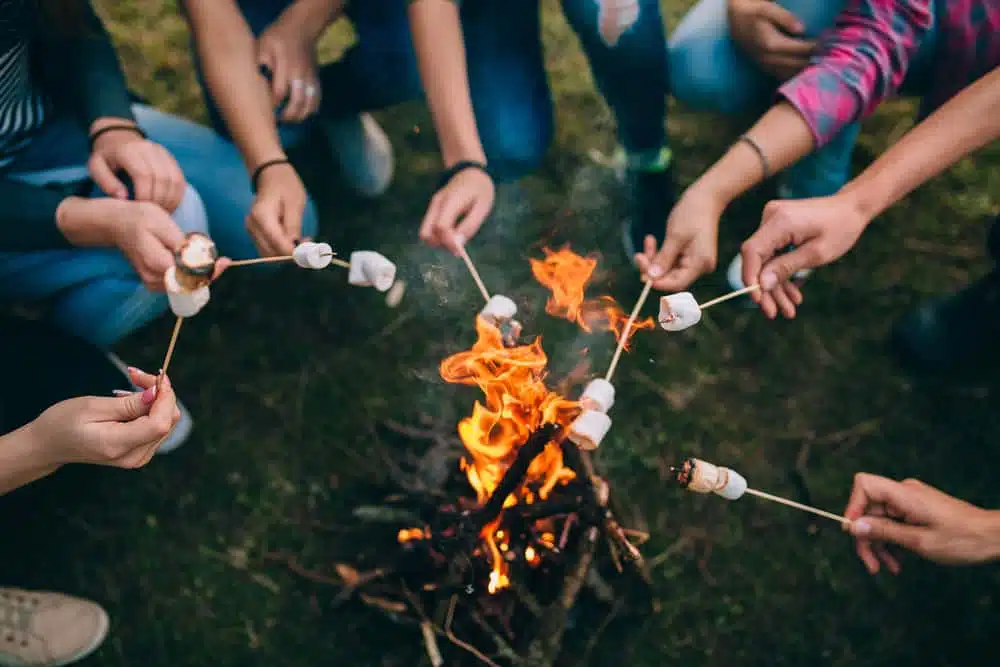The Montana State Parks Foundation has launched a new chapter of its statewide Park Accessibility Project at the Wayfarers Unit of Flathead Lake State Park, aiming to make outdoor recreation safer and more accessible for residents with disabilities.
The initiative, joined by more than a dozen members of Montana’s disability community this week, continues the foundation’s work to improve accessibility across state parks.
According to an article by Daily Inter Lake, Kalispell resident Erin Hoch and her son, Jaxen Flores, who uses a wheelchair due to complications from a rare genetic disorder called infantile pompe, participated in the event.
Hoch said she rarely visits state parks because of accessibility challenges, noting that trails and facilities often don’t accommodate Jaxen’s mobility needs.
“Just because we have a different ability doesn’t mean we don’t want the dirt and don’t want the adventure,” she said.
In 2022, the project purchased an all-terrain wheelchair for Lone Pine State Park, and the following year installed a new accessible boat launch at Frenchtown Pond State Park in Missoula.
Flathead Lake State Park, which sees about 360,000 visitors a year—among the highest of any in the state—was selected as the next focus site.
Amy Grout, manager of the Wayfarers Unit, said she was eager to sign on to the project because her own father used a wheelchair late in life.
“That really changed my life, and my view on just making things accessible,” she said.
Montana State Parks Foundation Executive Director Megan Buecking said the Americans with Disabilities Act provides a starting point for accessibility standards but often falls short in practice.
“You can’t have those insights unless you have someone with the lived experience there to show what the reality is,” she said.
To gather those insights, Buecking partnered with Meg Traci, a researcher at the University of Montana’s Rural Institute for Inclusive Communities, who leads Inclusive Interdisciplinary Walk Move Audits.
During the audit, participants move through a designated path, assess its design and safety, and propose improvements.
On Sept. 29, Traci led more than a dozen volunteers through such an audit at the Wayfarers Unit.
Participants included wheelchair users and individuals with hearing or vision impairments, alongside able-bodied attendees who care for or work with people with disabilities.
As they moved along the waterfront trail, they pointed out roots, rocks, and steep sections that posed challenges but also remarked on the park’s natural beauty.
“There are a lot of changes that will make the park more accessible without changing the essence of the park,” Buecking said.
She plans to collaborate with stakeholders to draft a formal proposal using findings from the audit and a recent accessibility report by Montana Fish, Wildlife and Parks interns.
The foundation hopes to finalize the plan and begin implementing improvements within the next few years.
Efforts like Montana’s Park Accessibility Project are vital to ensuring that outdoor recreation—and by extension, the RV and camping industries—remain inclusive, welcoming, and accessible to everyone who wants to experience the state’s wild beauty.The Montana State Parks Foundation has launched a new chapter of its statewide Park Accessibility Project at the Wayfarers Unit of Flathead Lake State Park, aiming to make outdoor recreation safer and more accessible for residents with disabilities.
The initiative, joined by more than a dozen members of Montana’s disability community this week, continues the foundation’s work to improve accessibility across state parks.
According to an article by Daily Inter Lake, Kalispell resident Erin Hoch and her son, Jaxen Flores, who uses a wheelchair due to complications from a rare genetic disorder called infantile pompe, participated in the event.
Hoch said she rarely visits state parks because of accessibility challenges, noting that trails and facilities often don’t accommodate Jaxen’s mobility needs.
“Just because we have a different ability doesn’t mean we don’t want the dirt and don’t want the adventure,” she said.
In 2022, the project purchased an all-terrain wheelchair for Lone Pine State Park, and the following year installed a new accessible boat launch at Frenchtown Pond State Park in Missoula.
Flathead Lake State Park, which sees about 360,000 visitors a year—among the highest of any in the state—was selected as the next focus site.
Amy Grout, manager of the Wayfarers Unit, said she was eager to sign on to the project because her own father used a wheelchair late in life.
“That really changed my life, and my view on just making things accessible,” she said.
Montana State Parks Foundation Executive Director Megan Buecking said the Americans with Disabilities Act provides a starting point for accessibility standards but often falls short in practice.
“You can’t have those insights unless you have someone with the lived experience there to show what the reality is,” she said.
To gather those insights, Buecking partnered with Meg Traci, a researcher at the University of Montana’s Rural Institute for Inclusive Communities, who leads Inclusive Interdisciplinary Walk Move Audits.
During the audit, participants move through a designated path, assess its design and safety, and propose improvements.
On Sept. 29, Traci led more than a dozen volunteers through such an audit at the Wayfarers Unit.
Participants included wheelchair users and individuals with hearing or vision impairments, alongside able-bodied attendees who care for or work with people with disabilities.
As they moved along the waterfront trail, they pointed out roots, rocks, and steep sections that posed challenges but also remarked on the park’s natural beauty.
“There are a lot of changes that will make the park more accessible without changing the essence of the park,” Buecking said.
She plans to collaborate with stakeholders to draft a formal proposal using findings from the audit and a recent accessibility report by Montana Fish, Wildlife and Parks interns.
The foundation hopes to finalize the plan and begin implementing improvements within the next few years.
Efforts like Montana’s Park Accessibility Project are vital to ensuring that outdoor recreation—and by extension, the RV and camping industries—remain inclusive, welcoming, and accessible to everyone who wants to experience the state’s wild beauty.


